McCarthy was on his honeymoon when Roy Cohn informed him of Lawton’s call. He rushed back to Washington to launch his investigation on August 31, 1953. It should come as a surprise that McCarthy was interested in the Signal Corps, says Oshinsky. “You might think this investigation came out of thin air but that would be a mistake. What you can’t whitewash was that there were security breaches at Monmouth. During World War II there was no security in place; it was just assumed that people were loyal. The hiring of someone like Julius Rosenberg was an enormous security breach.”
When the Jews of Fort Monmouth began making national headlines, the national Jewish community kept its distance, says Harry Green, an attorney for some of McCarthy’s victims in an article that appeared in the 1950s in The Asbury Park Evening Press. “I have been shocked,” he says, “by the complete apathy, the hush-hush attitude and atmosphere with which we have been received at the top level.” He singles out for criticism the American Jewish Congress, the American Jewish Committee and B’nai B’rith’s Anti-Defamation League. Green also criticizes local Jewish groups for not coming to the defense of Signal Corps employees. He calls the Fort Monmouth situation, “The American Dreyfus case except that here there are 41 Jews being sacrificed instead of one.”
Fortunately for Milton and Sidney Rosenberg, they escaped the attentions of McCarthy’s investigators. They did not, however, avoid the new round of investigations authorized by the April 1953 Executive Order 10450, which revoked Truman’s Executive Order 9835, dismantled the loyalty boards and entrusted the entire investigatory process to the FBI.
During 1953 and 1954, both men were fully reinvestigated by the FBI for the same charges. According to Milton Rosenberg’s FBI file, various informants re-interviewed by FBI agents at this time said they had assumed all the Jews in Washington Village were friendly with one another and that Milton Rosenberg was friendly with Louis Kaplan because the two were of the same faith.
After anxiously awaiting yet another decision, the men were once again cleared and could begin to put the episode behind them. By then, the Cold War was thawing and fears of communist infiltration were beginning to fade. Soviet leader Joseph Stalin had died in 1953, raising hopes that U.S.-Soviet relations might improve. McCarthy’s confrontation with the Army and the televising of the so-called Army-McCarthy hearings—where the general public got to see the volatile senator in action for the first time—led to his censure in the Senate in December 1954. On July 21, 1954, Fort Monmouth’s General Lawton was ordered to Walter Reed Hospital for a “medical check up” and then forced to retire. Andrew Reid stepped down as security chief and the internal investigations evaporated. When McCarthy died at age 48 in 1957, he was unaware of the actual evidence against two real Julius Rosenberg co-conspirators who had fled to the USSR: Alfred Sarant and Joel Barr.
Many wrongly accused struggled to put their lives back together. In 1957, Sidney Rosenberg left the government, moving to Sunnyvale, California to take a job at Lockheed Martin where he worked on reconnaissance satellite guidance systems. After a year as a chicken farmer, Louis Kaplan became a writer for The Asbury Park Evening Press. Milton Rosenberg and Louis Leo Kaplan went on to have fulfilling government careers.


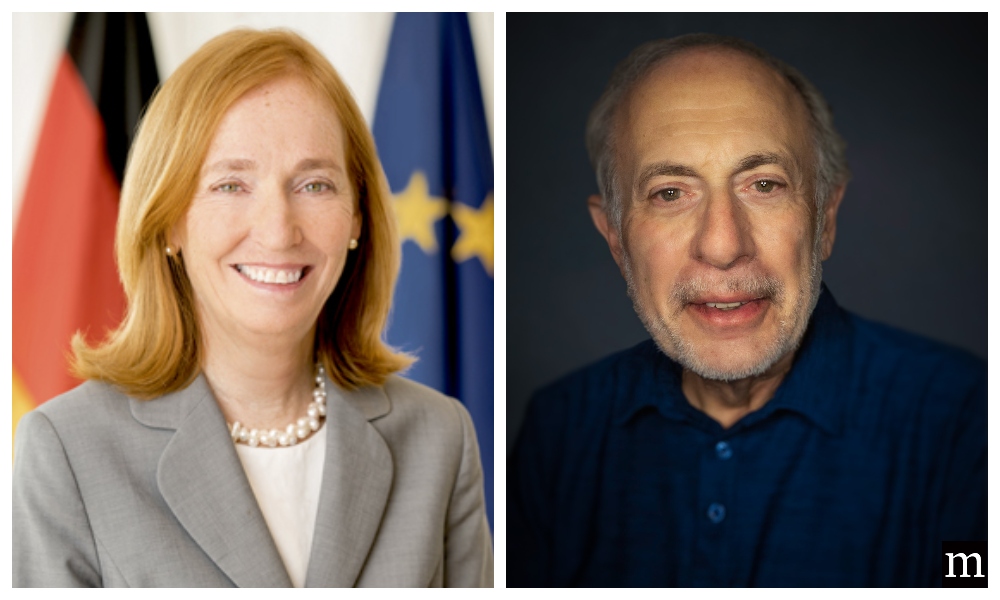
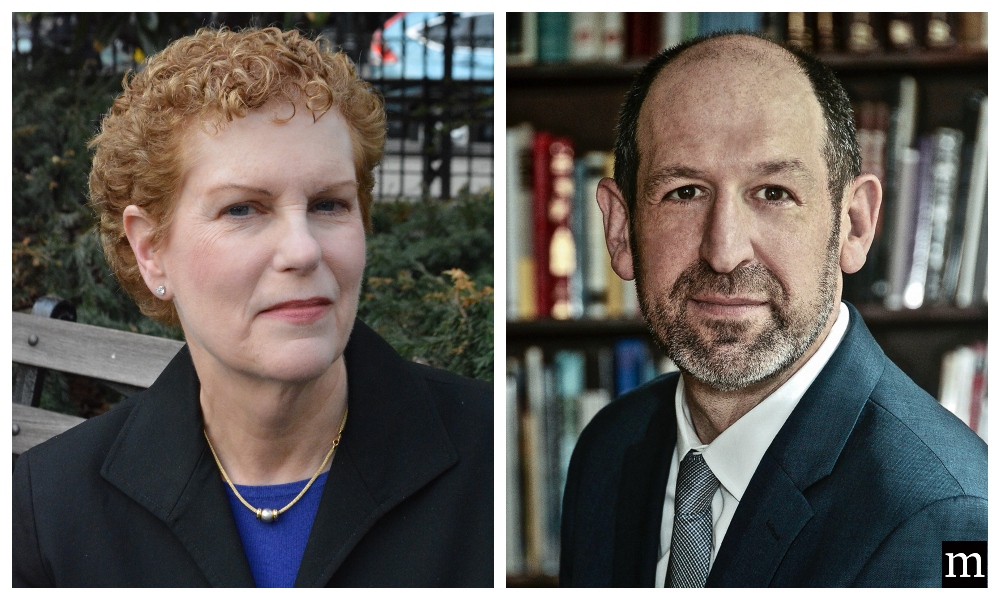
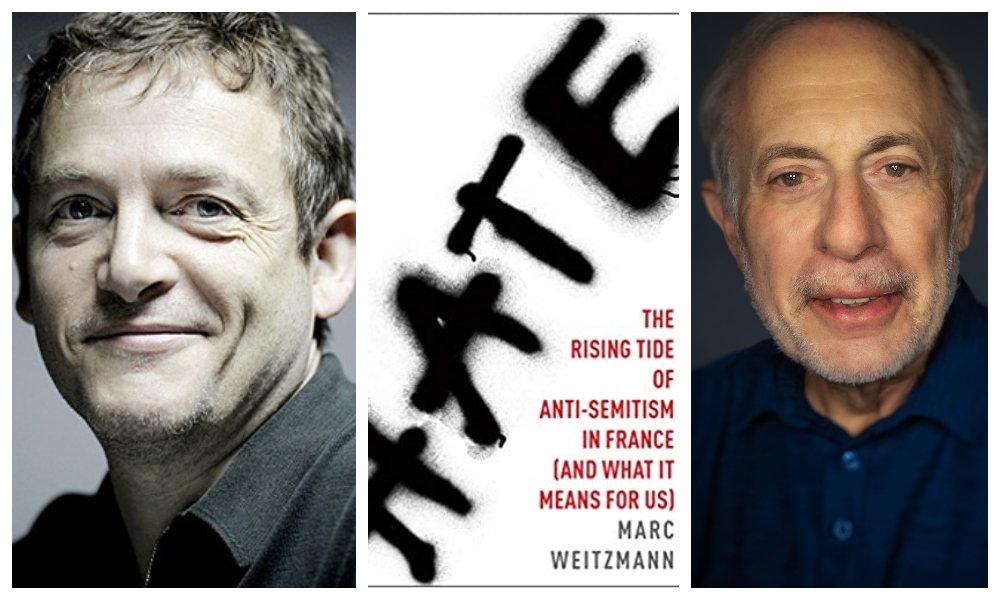


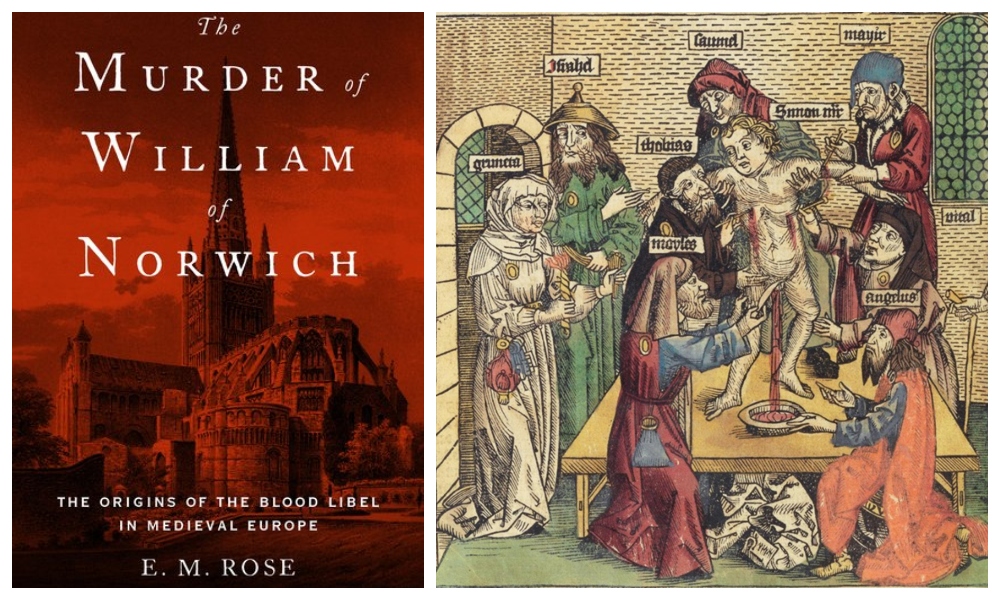


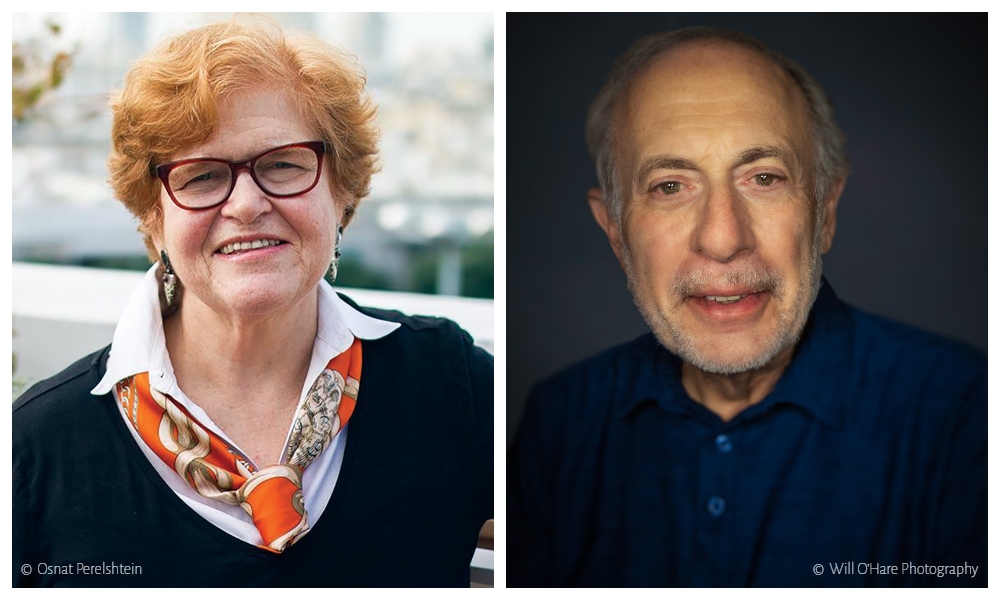


the communist, socialist and american labor parties were Not illegal … they were even on the ballot
Russia was our ally during the war, and almost single handedly defeated the Axis powers (and as an interesting piece of history INCLUDED the Ukraine …)